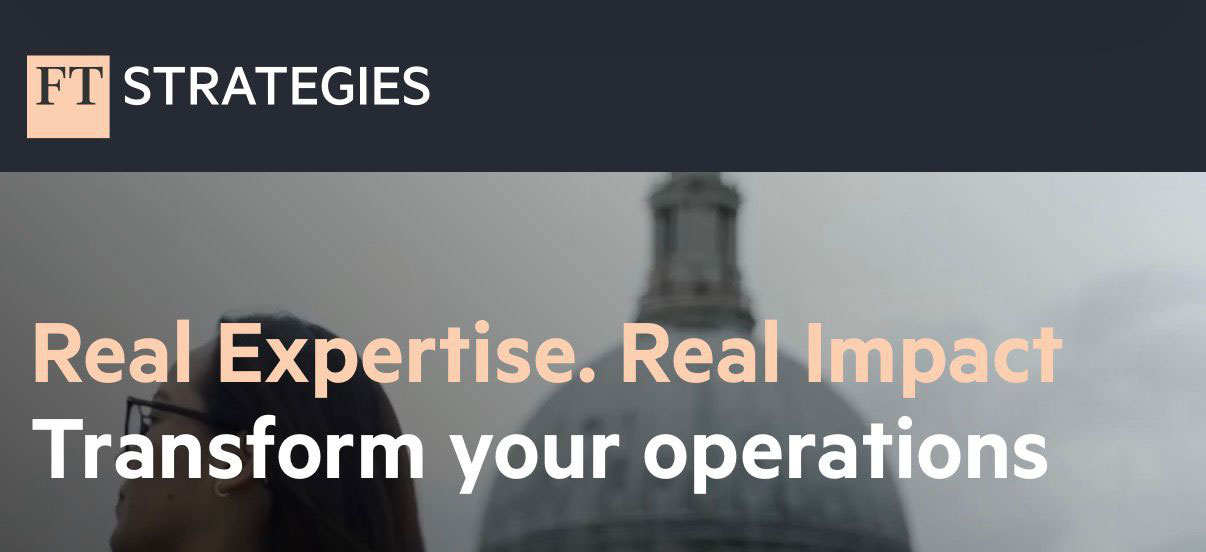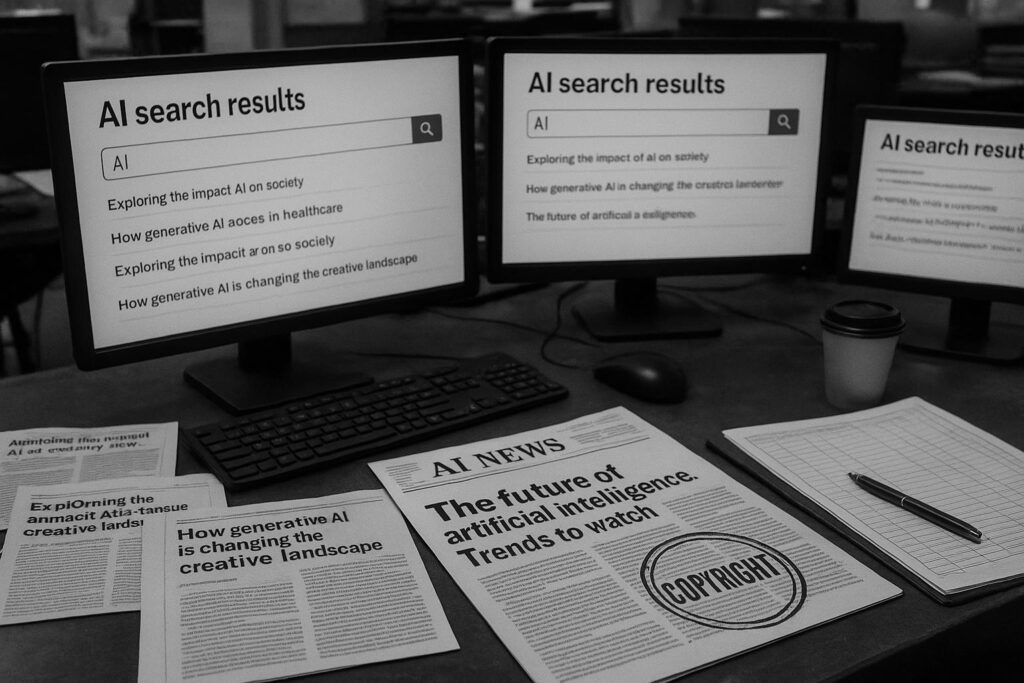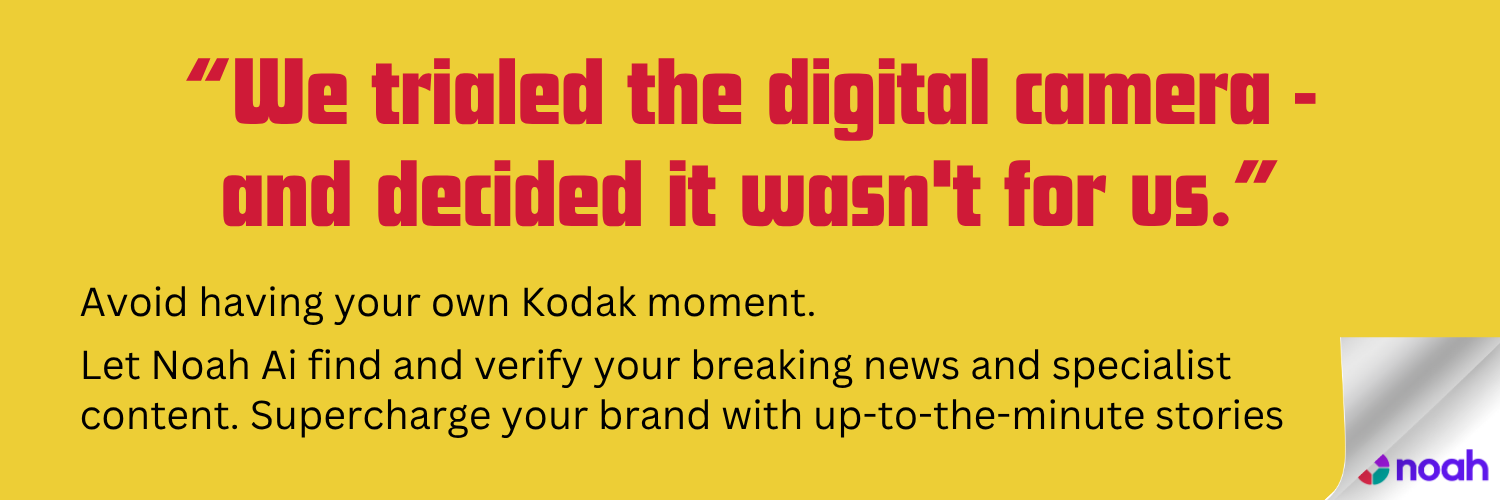Publishers and AI developers are moving away from upfront training fees toward ongoing, usage-based licensing tied to live access and attribution. The Digiday explainer on grounding and RAG signals a sector-wide shift in monetisation, with high-profile licensing deals showing real-time sourcing as the new revenue driver while flagging ongoing IP questions for rights holders.
Publishers and AI developers are reshaping the economics of content in real time, moving away from one-off training payments toward ongoing, usage-based models that tie money to live access and attribution. The Digiday explainer on grounding, RAG and related terms frames a sector-wide shift in how content is monetised as large language models increasingly fetch current material from publishers rather than rely solely on pre-trained data. Industry observers say this shift is more than jargon: it is now a central pricing lever. Aaron G. Rubin, a partner at Gunderson Dettmer, notes that per-usage pricing has become the preeminent slice of the licensing pie, as deals migrate from lump-sum training payments to recurring charges linked to how often publishers’ content is surfaced. The same piece also highlights publishers’ caution around licensing for training, with real-time grounding seen as the more valuable revenue stream. The interviewees stress that real-time content sourcing creates ongoing opportunities for attribution and visibility, but it also raises ongoing IP questions for rights holders. And the article points to real-world examples that underline the trend, including Gannett’s foray into Perplexity’s Publisher Program, a move that ties licensing to advertising revenue rather than to training datasets.
The Times’s foray into licensing with a major platform marks a headline moment in the licensing shift. TechCrunch reported on May 29, 2025 that The New York Times agreed to license its editorial content to Amazon to train the tech giant’s AI systems, covering Times articles as well as material from NYT Cooking and The Athletic, with the potential for integration into Alexa. The Times stressed that the arrangement will connect readers with direct links to Times products where appropriate, while noting that terms remained undisclosed. CNBC echoed the development, saying the deal allows real-time display of summaries and short excerpts within Amazon products and services (including Alexa) and could extend to training Amazon’s foundation models. The Times’s move, framed against its own litigation against other AI players over copyright, signals a broader industry drift toward licensing content for live, live-tested AI outputs rather than payment for training alone. The broader context is not without tension: in August 2025, a major copyright case involving Perplexity AI progressed, with News Corp’s Dow Jones and The New York Post succeeding in pushing forward their claims, underscoring publishers’ intensifying enforcement of their rights as AI operators experiment with grounding and RAG licensing. The case illustrates why publishers are increasingly favouring licensing models that ensure linkability and attribution in AI responses.
Publisher programmes and the monetisation framework themselves have continued to evolve in 2025. Perplexity’s collaboration with Gannett—announced in the Digiday piece as part of the platform’s grounding approach—illustrates how publishers are turning to ad-revenue-sharing models to monetise AI-enabled visibility. Perplexity’s own communications describe Gannett joining the Perplexity Publisher Program to make USA TODAY and USA TODAY Network journalism available within Perplexity’s AI-powered search and its Comet browser, with Gannett gaining access to Perplexity’s Sonar API and Enterprise Pro for staff use. The arrangement reflects a broader attempt to reward quality journalism within AI ecosystems by tying revenue to how often a publisher’s content is surfaced and cited in AI answers, rather than relying on a single up-front fee. Perplexity’s stance is that this model helps ensure publishers receive ongoing value from AI-enabled discovery, while readers receive more credible, source-attached information. The partnership comes in the context of a rapidly expanding ecosystem of publisher programmes and evolving monetisation standards, with publishers and AI platforms both refining the balance between licensing, attribution, and new automated discovery tools.
Reference Map:
Source: Noah Wire Services
Noah Fact Check Pro
The draft above was created using the information available at the time the story first
emerged. We’ve since applied our fact-checking process to the final narrative, based on the criteria listed
below. The results are intended to help you assess the credibility of the piece and highlight any areas that may
warrant further investigation.
Freshness check
Score:
8
Notes:
✅ The narrative is current and corroborated by multiple contemporaneous reports. Digiday’s explainer was published 22 August 2025 (the same day as this check) and synthesises developments from earlier 2025 announcements (e.g. The New York Times–Amazon deal reported 29 May 2025 and Perplexity–Gannett announced in Perplexity’s blog prior to July 2025). 🕰️ The earliest substantially similar coverage of the NYT–Amazon licensing item appeared on 29 May 2025 (TechCrunch, CNBC, others). Reuters’ ruling in the News Corp–Perplexity litigation is dated 21 August 2025 and matches the timeline cited. ⚠️ Several elements in the narrative (NYT–Amazon, Gannett–Perplexity) were reported weeks/months earlier — more than 7 days before this Digiday piece — so parts of the text are a synthesis of prior reporting rather than wholly new news. ‼️ Some items originate from press releases (e.g. Perplexity’s Gannett announcement, The New York Times statement reported in TechCrunch/CNBC); press-release origin is typical and generally lowers originality but increases verifiability (because the primary actor published the details).
Quotes check
Score:
7
Notes:
✅ Direct quotations attributed in the narrative (for example Aaron G. Rubin on per-usage pricing) appear in Digiday’s piece and are not obviously lifted verbatim from an earlier independent report based on the searches performed — the earliest match for that exact wording is the Digiday explainer itself. 🕵️ Where Digiday attributes quotations to spokespeople (e.g. Gannett spokesperson, NYT spokesperson quoted in TechCrunch/CNBC), those same quotes (or paraphrases) also appear in the earlier TechCrunch and CNBC coverage of the NYT–Amazon deal (29 May 2025), indicating reuse of corporate statements issued at the time of those deals. ⚠️ If quotations were supplied in press releases, identical wording across outlets is expected; identical corporate quotes appearing earlier should be flagged as reused rather than exclusive.
Source reliability
Score:
8
Notes:
✅ The narrative cites generally verifiable, recognised outlets and primary communications: Digiday (publication today), TechCrunch and CNBC (29 May 2025 coverage of NYT–Amazon), Reuters (legal update 21 Aug 2025), and Perplexity’s own blog announcing Gannett. These are reputable and/or primary primary-source communications. ⚠️ Digiday is a trade publication with a summarising/explainer remit — useful for context but not always primary reporting. 🟢 Primary confirmations (Perplexity blog, NYT statements cited by TechCrunch/CNBC, Reuters court story) strengthen reliability. ❗ If any person or firm named in the narrative lacked an online footprint, that would be a major red flag — not the case here (all named organisations and individuals are verifiable).
Plausability check
Score:
9
Notes:
✅ Claims are plausible and well supported by coverage across reputable outlets. The central thesis — a market shift from one‑off training payments toward usage-based grounding/RAG licensing — is reflected in multiple reports and in primary announcements (NYT–Amazon licensing, Perplexity–Gannett). 🕵️ Time‑sensitive claims (dates of deals, court rulings) align with published dates: NYT–Amazon (29 May 2025), Reuters legal ruling re Perplexity (21 Aug 2025), Digiday explainer (22 Aug 2025). ⚠️ The narrative mixes synthesis and original explanation: where it draws on press releases or company blogs for deal mechanics, readers should be aware those terms are often summarised at a high level and commercial details (pricing, exact attribution mechanics) are frequently undisclosed. 🔎 No major unsupported, surprising claims were found that lack corroboration by other reputable outlets; coverage is consistent.
Overall assessment
Verdict (FAIL, OPEN, PASS): PASS
Confidence (LOW, MEDIUM, HIGH): MEDIUM
Summary:
✅ The Digiday explainer presents a timely and largely accurate synthesis of a real industry trend: publishers and AI firms are shifting from lump‑sum training licences toward usage‑based grounding / RAG arrangements. Major components are corroborated by primary and reputable reporting: TechCrunch and CNBC reported The New York Times–Amazon licensing on 29 May 2025 (🕰️), Perplexity’s blog announced Gannett joining the Perplexity Publisher Program (📣), and Reuters published a relevant legal update on 21 August 2025 (⚖️). ⚠️ Key risks: much of the material reuses corporate statements and prior reporting (i.e. recycled coverage rather than exclusive scoops) — several items first appeared weeks/months earlier, which reduces originality. ‼️ Also, detailed commercial terms are often undisclosed and derived from press releases or spokesperson quotes; treat precise financial or contractual assertions as provisional until primary contracts or more detailed reporting are available. Given corroboration across reputable outlets and primary posts, the narrative passes factual checks, but confidence is set to MEDIUM because the piece is largely a synthesis of earlier announcements and press communications rather than fresh investigative reporting.






